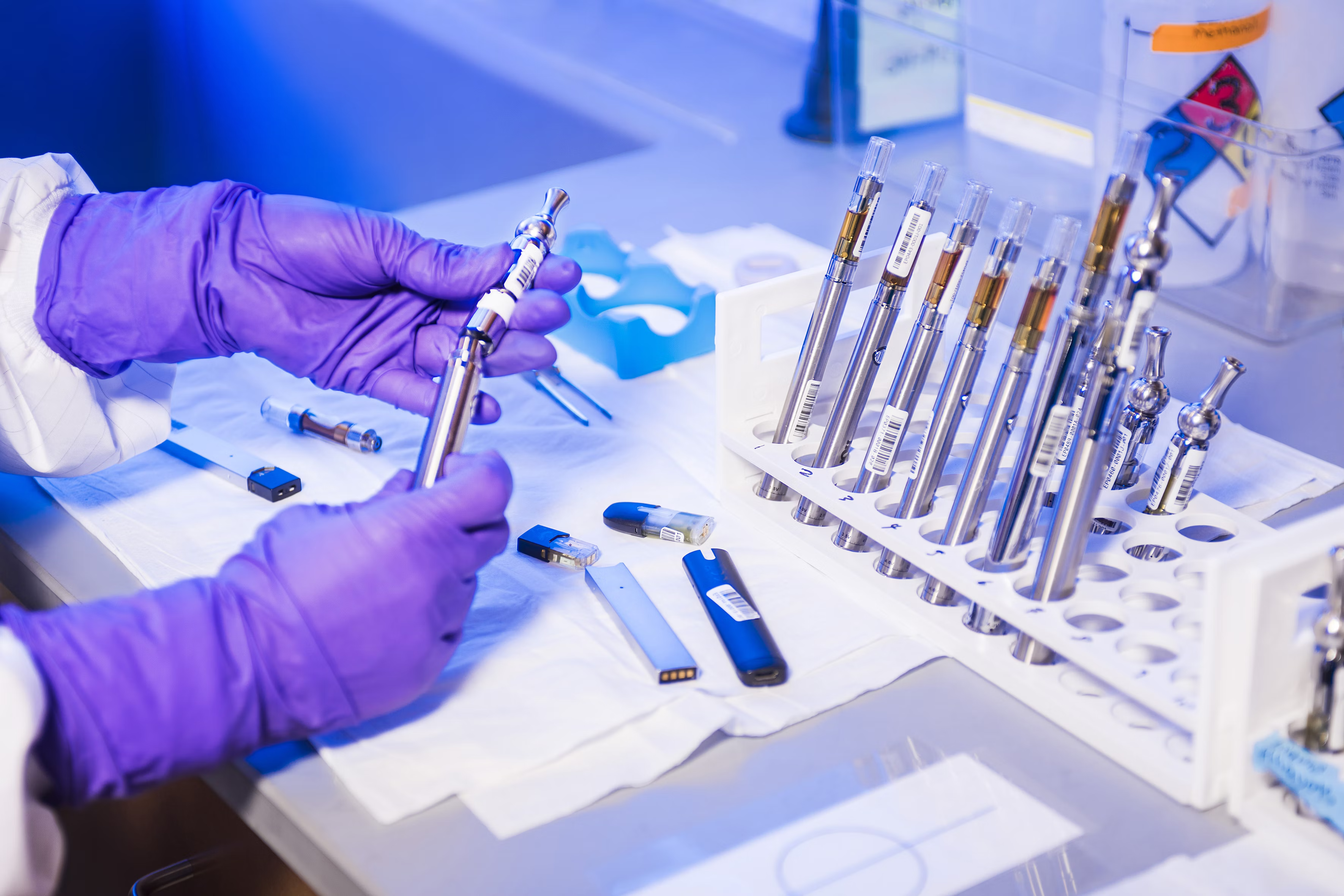
Building a Foundation for MedTech Success: Feasibility and Preclinical Development
Part 2 - Feasibility and Preclinical Development
Once your team has defined a clear need and shaped the concept, the next natural step is to ensure that your device can actually be built (and built safely!). In the feasibility phase, R&D teams validate early design assumptions with prototypes while laying the groundwork for future reg submissions. This guide outlines key activities and tools that can help de-risk your device development during feasibility/preclinical testing.
3D Concept Mockup and Physical Feasibility
Creating 3D concept models is critical to refining the device’s physical design and ergonomics. For wearables and handheld devices, this is especially important, as user interaction plays a key role in safety and efficacy. Rapid prototyping tools (in-house 3D printers or Protolabs, Stratasys, Formlabs) allow teams to iterate on design elements quickly.
During this phase, ongoing collaboration with industrial designers ensures that form factors are optimized for both usability and manufacturability. These early models can also help your team better visualize spatial relationships and mechanical constraints before committing to costly tooling.
Prototyping & Initial (Bench) Testing
The transition from concept to working prototype marks a major milestone in product development. Bench testing allows teams to evaluate the performance of early designs under controlled conditions. This can include stress testing, functional simulations, and thermal or mechanical evaluations.
Results from this testing phase often inform both engineering design and risk mitigation strategies. Software simulation tools like Ansys and COMSOL Multiphysics are particularly helpful for evaluating mechanical tolerances and system interactions before physical assembly begins.
Early Design Verification and Usability Needs
Even at this early stage, incorporating usability testing is essential. Teams should simulate real-world use cases with a small group of target users to gather feedback on interface design, physical interaction, and overall intuitiveness.
The FDA’s usability engineering expectations (IEC 62366-1) emphasize the importance of evaluating user-related risks that could compromise safety or performance. Templates and tools such as PVSio-web or ResearchGate’s UI Verification Template can help teams structure usability assessments and document findings. Capturing these insights early prevents costly revisions later in the design process, particularly when changes could affect your regulatory or clinical pathway.
Risk Management & Preliminary Safety Assessment
Effective risk management builds on your initial assessment from the concept stage. At this point, teams should establish a comprehensive risk management plan that adheres to ISO 14971 standards. This plan should identify potential hazards, document mitigation strategies, and track residual risks throughout development.
Conducting a Failure Mode and Effects Analysis (FMEA) helps prioritize these risks by assigning each one a risk priority number (RPN), based on severity, occurrence, and detectability. Tools like the IHI FMEA Tool or OpenRegulatory’s FMEA Table can streamline this process and ensure traceability as your product evolves.
Risk management isn’t a one-time activity. It’s a living document that continues through clinical validation and onward to post-market surveillance.
Biocompatibility & Materials Evaluation
If your device will come into contact with patients – particularly through skin, mucosa, or internal tissues – you’ll need to demonstrate biocompatibility per ISO 10993 standards. This process includes assessing materials for toxicity, irritation, sensitization, and other safety concerns.
Checklists from TUV SUD and planning tools from BioPT can help you organize and document required tests, many of which must be performed under GLP (Good Laboratory Practice) conditions. Getting an early start on biocompatibility can prevent timeline disruptions later, especially if material changes are needed after prototyping.
Final Thoughts
Feasibility and preclinical development represent the transition from idea to reality. By building early prototypes, validating usability, and managing risk from the outset, MedTech startups can confidently advance toward design freeze and regulatory submission. A thoughtful approach during this phase helps ensure that your device is not just functional, but also safe, intuitive, and able to scale.